What Is Margin? Who's Moving My Margin? Understanding Margin in MEXC Futures Trading
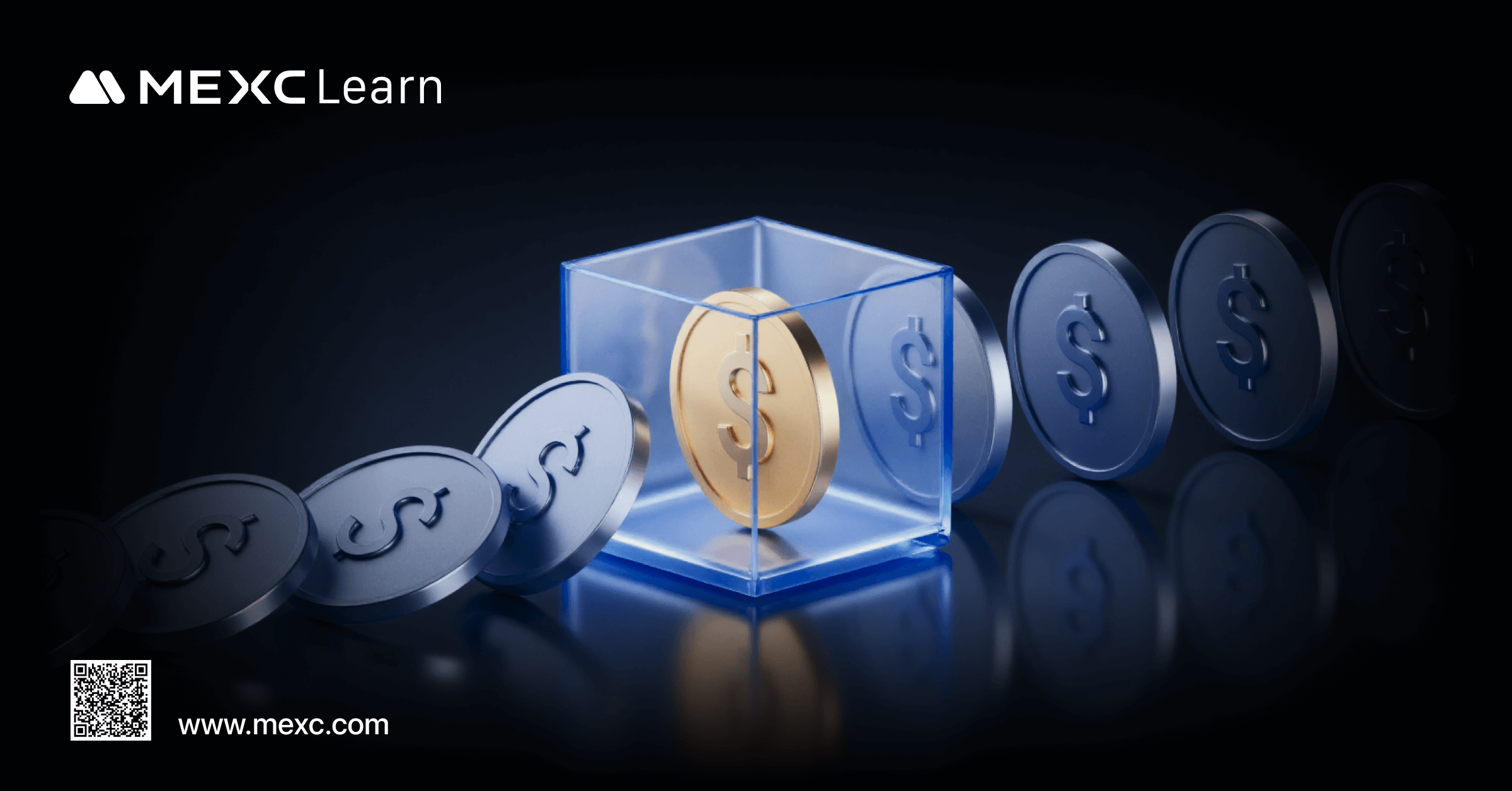
1.What Is Margin
1.1 Isolated Margin
1.2 Cross Margin
2.Seven Common Reasons Behind Shrinking Margin
2.1 Opening New Positions
2.2 Unrealized Losses
2.3 Trading Fees
2.4 Funding Fee Settlement
2.5 Liquidation
2.6 Fund Transfers
2.7 Bonus Expiry
3. How to Avoid Margin Depletion
Popular Articles

How to Buy Crypto via iDEAL
iDEAL is one of the most widely used and trusted online payment methods in the Netherlands, allowing you to make secure, real-time payments directly through your bank. With iDEAL on MEXC, you can purc

Is It Worth Staking Crypto? Real Benefits vs Actual Risks
Crypto staking promises passive income while you sleep, but is it really that simple?Many investors wonder if locking up their digital assets for rewards makes financial sense, especially when markets

How to Stake AXS? Axie Infinity Staking Dashboard Guide
Axie Infinity transformed blockchain gaming by letting players earn real money through gameplay, and now AXS staking takes that earning potential even further.This guide walks you through everything a

How to Stake SUI? Complete Staking Guide for Passive Rewards
Looking to earn passive income from your SUI holdings? Staking offers a straightforward way to generate rewards while supporting the Sui blockchain network.This guide walks you through everything you
Hot Crypto Updates
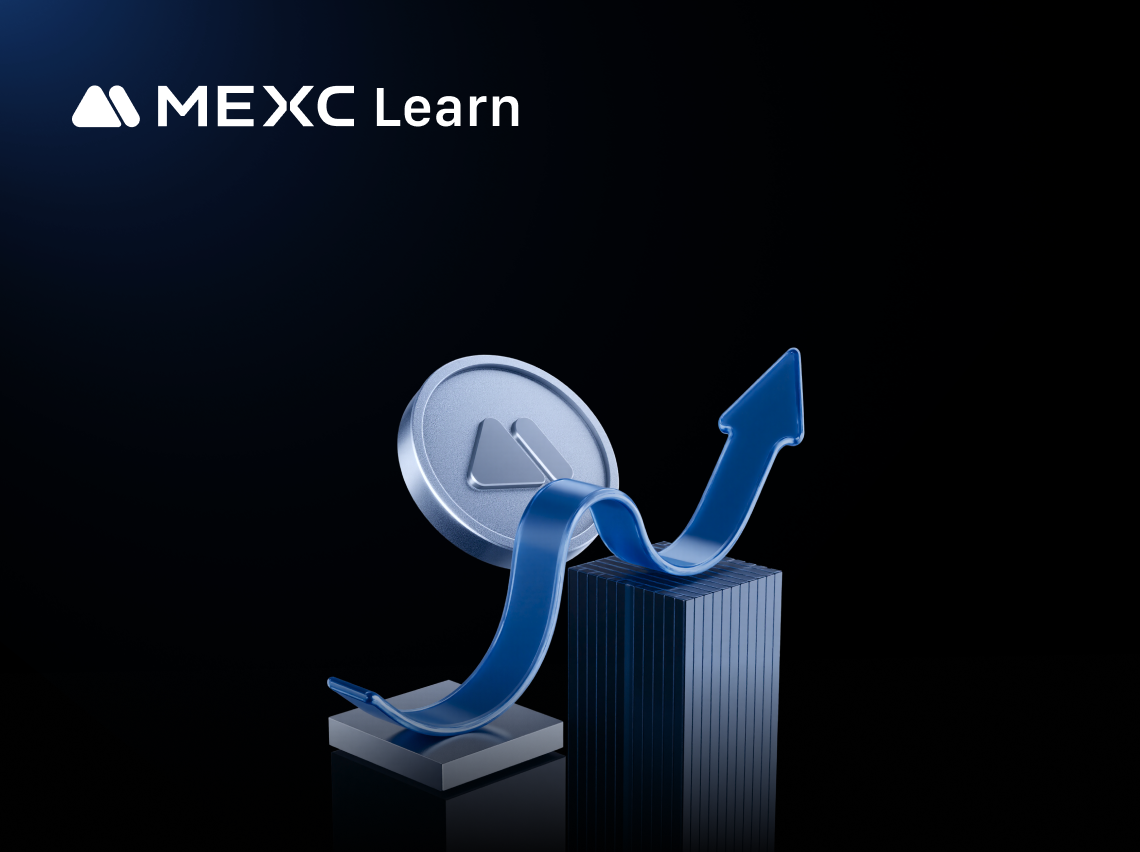
Nine-Figure Net Worth: The New Milestone in Wealth Creation
The concept of nine-figure net worth, ranging from $100 million to just under $1 billion, marks a critical threshold in the modern economy distinguishing ultra-high-net-worth individuals (UHNWIs) from
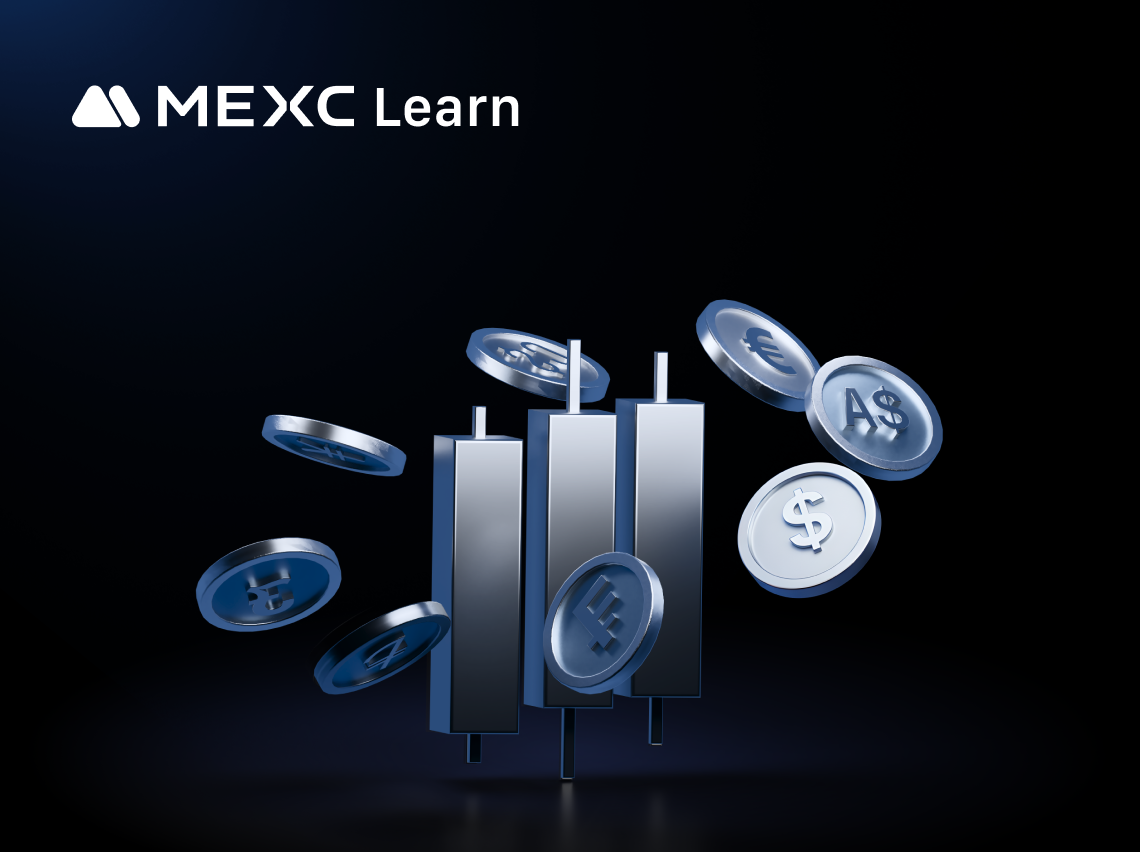
Dogecoin (DOGE) Bullish Price Prediction
Introduction to Bullish DOGE OutlookOptimistic investors often look to bullish price predictions for Dogecoin (DOGE) to identify the coin's growth potential during favorable market cycles. A bullish o

Dogecoin (DOGE) 7-day Price Change
The Latest Dogecoin (DOGE) price has shown notable short-term fluctuations over the past week, reflecting shifting sentiment around meme coins and broader market conditions. In this article, we'll exa

BOB (BOB) Price Updates: Latest Market Movements and Cryptocurrency Trading Insights
Staying updated with the latest price updates of BOB (BOB) helps crypto traders and investors monitor market shifts, track cryptocurrency volatility, and make timely investment decisions in the crypto
Trending News
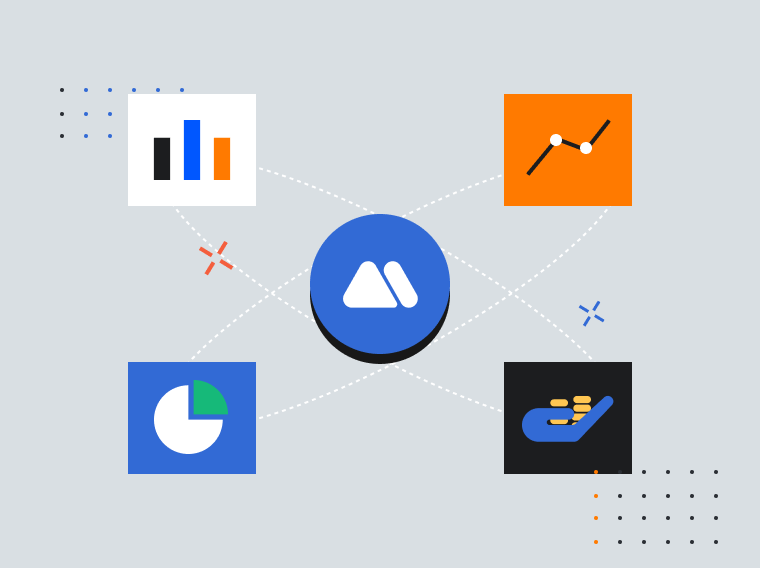
UK to Regulate Bitcoin and Crypto Assets Starting Oct. 2027
The United Kingdom is set to introduce comprehensive regulations for Bitcoin and other crypto assets starting in October 2027, according to a Reuters report. British officials have also announced plan

Gold price in Saudi Arabia: Rates on December 15
The post Gold price in Saudi Arabia: Rates on December 15 appeared on BitcoinEthereumNews.com. Gold prices rose in Saudi Arabia on Monday, according to data compiled

UP Leads India’s Crypto Boom as Bharat Redefines the Market: CoinSwitch Annual Report 2025
India’s crypto story is no longer being written only in metro cities. According to the 2025 edition of CoinSwitch’s flagship report, India’s Crypto Portfolio: How

Fed Front-Runner Hassett Stresses Independence Amid Trump’s Rate Cut Push
The post Fed Front-Runner Hassett Stresses Independence Amid Trump’s Rate Cut Push appeared on BitcoinEthereumNews.com. Kevin Hassett, a top contender for President
Related Articles

What Are Prediction Futures?
Cryptocurrency futures trading attracts countless investors with its high leverage and the ability to profit in both rising and falling markets. However, its complex mechanisms such as margin, leverag
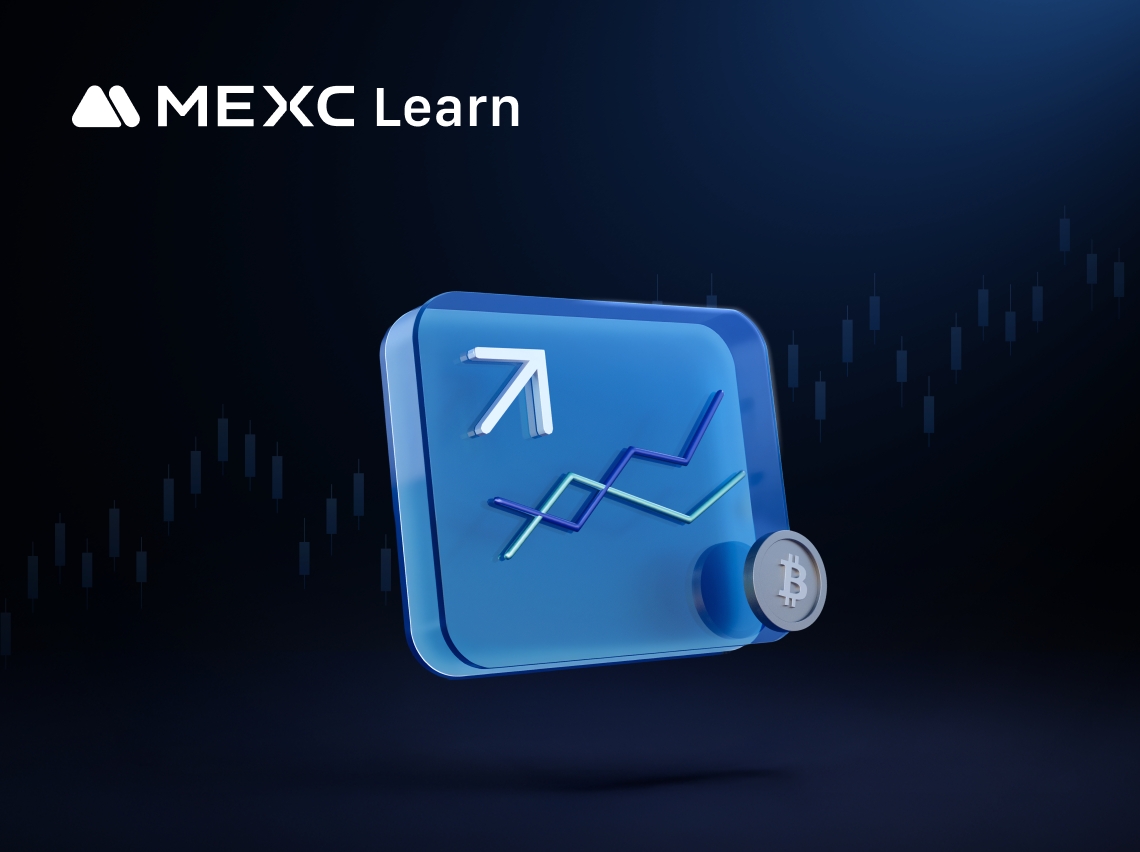
Calculation of Futures Yield and Trading Fees
When trading futures on MEXC or other major exchanges, your trading PNL is based on three components:Trading Fees: The cost incurred during the transaction.Funding Fees: Periodic settlements based on
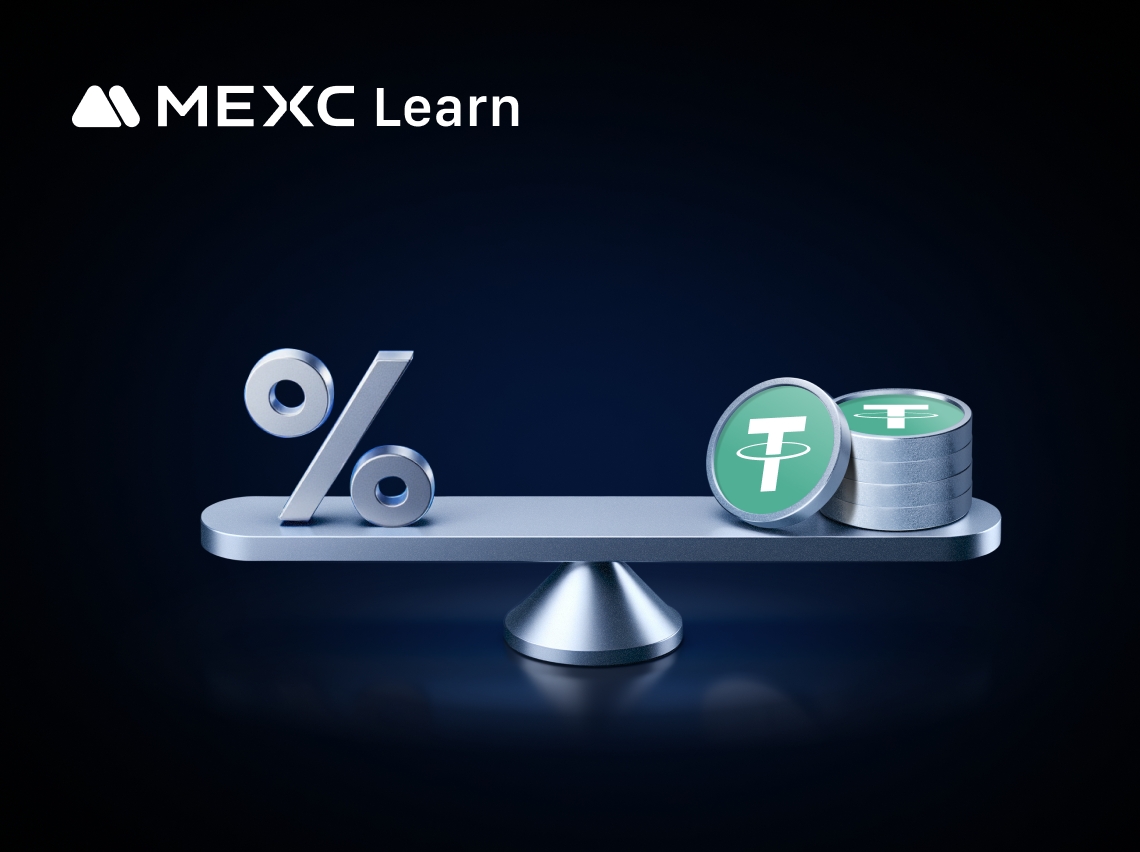
MEXC Fees Explained: Complete Trading, Futures & Withdrawal Fees Guide
Whether you are an experienced cryptocurrency trader or just getting started, understanding trading fees is essential to navigating the market and improving your trading experience. MEXC, a leading gl
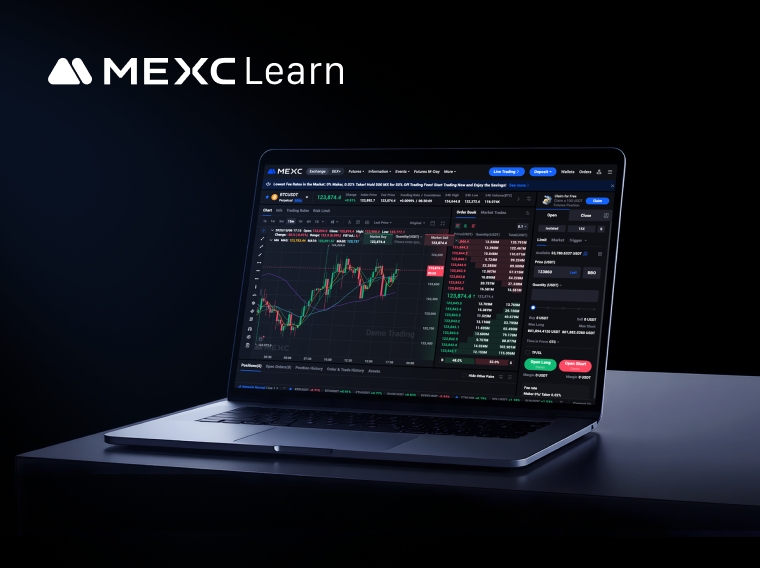
How to Use Demo Trading on MEXC Futures
In cryptocurrency futures trading, developing skills and strategies often comes at the cost of real capital. Many beginners enter the live market without sufficient preparation and face significant lo
